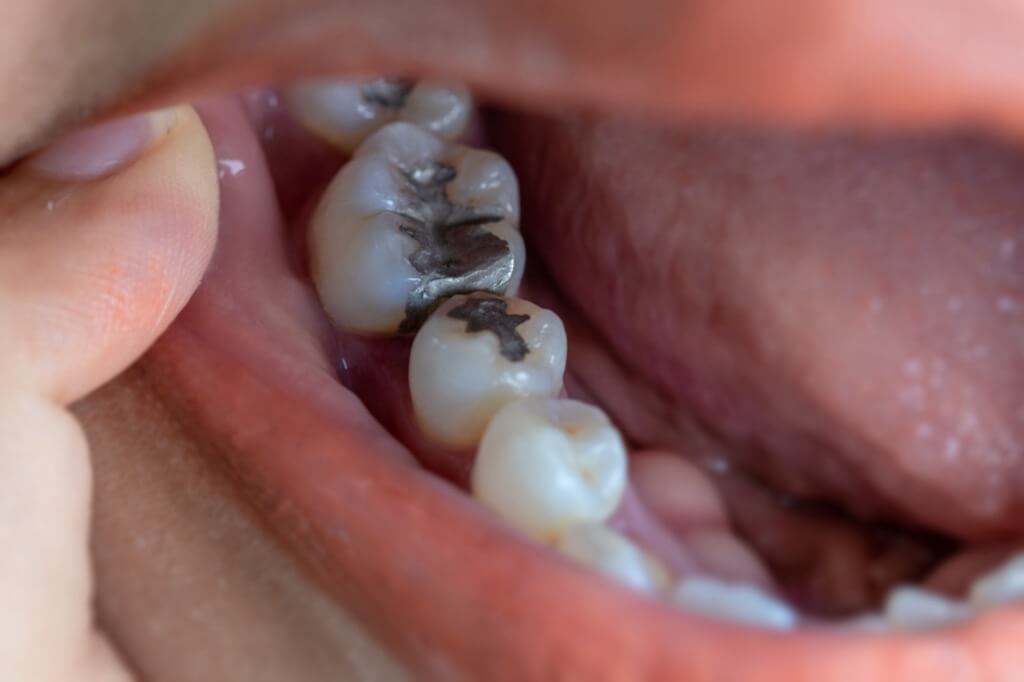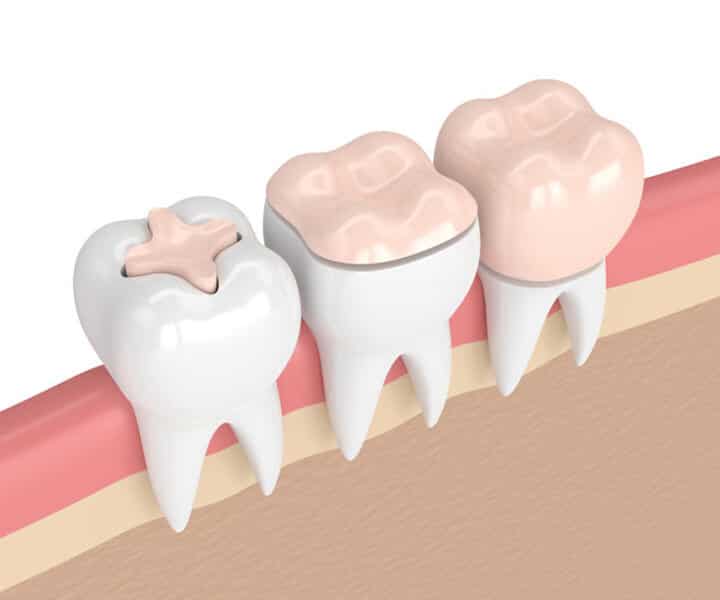Benefits of the Biomimetic Approach to Dentistry
The biomimetic approach to dentistry can help to reduce the need for root canals, tooth removal, and other similar procedures. This approach uses preventative care to keep teeth naturally healthy and to eliminate the need for more expensive procedures. Issues are addressed using non-toxic and less-invasive treatments instead of removing or grinding teeth before doing so is necessary.
Biomimetic dental techniques offer a tooth preservation solution that is less painful, faster, and often more affordable than the alternatives.
Preservation through the use of biomimetic dentistry can help you eat and speak more naturally. In addition, the use of composite materials that are similar to those of your natural teeth helps keep the rest of your teeth healthy. Biomimetic dentistry promotes better oral health overall.
As part of being minimally invasive, biomimetic dentistry practices reduce the need to use anesthesia. For many people who are anxious about going to the dentist, biomimetic dentistry is a fantastic alternative. They also tend to cost less than other more traditional dentistry practices, saving people money on dental work.
What Types of Materials Are Used in Biomimetic Dentistry?
There are many unique materials used by biomimetic dentists. These materials are known for their retention qualities and have a remarkable resemblance to the look and feel of your natural teeth. Let’s go over some of the common materials used in biomimetic dentistry.
- Glass ionomer cement: This material is similar to natural dentin in terms of hardness. It also sticks to your natural teeth well, meaning you won’t have to worry about a filling falling out and having to come back in for more dental work.
- Calcium phosphate hydroxyapatite: This material is mainly used to create crowns, onlays, or inlays. Your natural teeth are made up of hydroxyapatite, making this calcium phosphate substitute the perfect choice to replace your decaying or decayed enamel.
- Alumina: This material is one of the strongest ceramics out there. Otherwise known as aluminum oxide, this material is also biocompatible and can fuse with the natural tissue in your teeth.

Maintaining Your Natural Dental Pulp
Your dental pulp is a connective tissue directly underneath the outer layer, known as the dentin. It is also referred to as the endodontium. The dentin and pulp work hand in hand to protect your teeth and depend on each other.
When you go in for a traditional root canal, the dentist will remove your dental pulp and often replace it with a material known as gutta-percha. Unfortunately, gutta-percha isn’t as strong as natural pulp, leaving your teeth vulnerable to further cracking and breaking. This requires you to come back in for more root canals and spend more money.
Biomimetic dentistry aims to repair the natural pulp instead of removing it. Using natural methods like ozone therapy to fight the bacteria, biomimetic dentists can preserve stem cells that actively repair and regrow the pulp. It is possible to completely avoid a root canal if the natural pulp is repaired through biomimetic dentistry.

Traditional Dental Fillings
When dentists find tooth decay, they will typically remove the decay along with a portion of the surrounding area (which can include healthy tissue) to replace it with a filling. This drill-and-fill approach can lead to further issues down the road. They also often use amalgam, a composite material made up of metals, liquid mercury, and a powered alloy, for the filling. You can find more information about the difference between traditional fillings and biomimetic fillings in our FAQ section.
The Power of Delaying Treatment
Dental issues may not require intensive or invasive dental treatments using harmful composite materials. As stated before, it’s possible that those treatments could lead to additional treatment or re-treatment.
An example can be found with inflammation around the dental pulp. This inflammation is often reversible and could best be served by giving the pulp time to heal under a biomimetic dentist’s supervision. A biomimetic dentist can monitor the status of your dental pulp over time while administering less invasive treatment, which could lead to avoiding unnecessary, expensive, and painful treatment options.
It is highly recommended that you only delay dental treatment under proper supervision. If not, you risk harmful infections that could potentially be life-threatening.
Contact Our Biomimetic Dentistry in Colorado Springs, CO
Reach out to our office at 719-590-7100 to schedule a consultation for our biomimetic dentistry services. We are a trusted dentist in Colorado Springs and look forward to helping you on your tooth preservation journey.
Biomimetic Dentistry FAQs
It’s a cavity treatment that swaps out the natural tooth with materials designed to mimic the mechanical traits of natural enamel and dentin.
They hold up just as well, if not better, than traditional fillings. When applied correctly, they’re designed to last a lifetime.
The distinction lies in the materials and application methods. Biomimetic fillings utilize tooth-like materials applied in gradual layers to replicate natural teeth, whereas composite fillings use different materials and application techniques.
Yes! Proper biomimetic dentistry can delay additional treatment with existing dental work. You can avoid other dental services like root canals, oral surgeries, other types of fillings, and more.
In most cases, yes. Biomimetic dentistry can restore your tooth layers. If done properly, you can avoid having to undergo a root canal altogether.
In most cases, no. Most biomimetic procedures are completed in a single visit. In traditional dentistry practices, you are often required to come back for multiple visits. This method is more time-efficient in the long run because natural restoration creates a lasting repair that is less likely to require additional procedures. Depending on the severity of your issue, your initial visit may be a little longer than a traditional dentist visit due to the delicate nature of the procedure.
In the long run, no. While no dental restoration lasts forever, biomimetic dentistry has been shown to provide a stronger repair that is less susceptible to further costly dental sessions.

